Table of Content
India’s real estate market has seen a remarkable shift in recent years, particularly in the luxury housing segment. According to a recent report, Luxury home prices across the top seven cities. Delhi NCR, MMR, Bengaluru, Pune, Hyderabad, Chennai, and Kolkata have risen by nearly 40% since 2022. Meanwhile, affordable housing has experienced a more modest increase of 26%, highlighting the growing appetite for premium properties in urban India.
Luxury Segment Leads Price Appreciation
The report highlights that homes priced above ₹1.5 crore reported the highest average price appreciation across all three budget categories in these cities. Luxury home prices increased from ₹14,530 per sq ft in 2022 to approximately ₹20,300 per sq ft in 2025.
Delhi NCR emerged as the top performer, registering a remarkable 72% increase in luxury prices, from ₹13,450 per sq ft in 2022 to ₹23,100 per sq ft in 2025. Mumbai Metropolitan Region (MMR) followed with a 43% rise, while Bengaluru recorded a 42% increase in the luxury segment. Analysts attribute this growth to the rising number of high-net-worth individuals (HNIs), a preference for larger homes, and the expanding presence of branded developers in premium locations.
Also Read: Housing Sales in India’s Tier-2 Cities: Sales Fall 4% YoY, but Value Rises 4% in Q3 2025
Affordable Housing Shows Moderate Growth
In contrast, affordable homes priced below ₹40 lakh witnessed an average appreciation of just 26% over the same period. Delhi NCR again led the segment with a 48% price increase, while Hyderabad recorded the second-highest growth at 35%. Across the top seven cities, average affordable housing prices rose from ₹4,220 per sq ft in 2022 to ₹5,299 per sq ft in 2025.
The slower growth in the affordable segment can be attributed to limited input cost absorption, lower margins for developers, and comparatively steady demand from first-time homebuyers.
City-Wise Performance
Delhi NCR
Luxury homes in Delhi NCR appreciated 72% from ₹13,450 per sq ft in 2022 to ₹23,100 per sq ft in 2025. Affordable homes grew 48%, reaching ₹5,200 per sq ft. Key factors include a large HNI population, premium projects in Gurgaon and Noida, and proximity to business hubs.
Mumbai Metropolitan Region (MMR)
Luxury properties in MMR saw a 43% increase, while budget homes experienced moderate gains. Sea-view and lifestyle-oriented properties continue to attract premium buyers despite rising prices.
Bengaluru
Luxury homes rose 42%, driven by IT professionals seeking larger, branded residences. Affordable homes showed modest appreciation due to steady demand and evolving buyer preferences.
Other Cities: Pune, Hyderabad, Chennai, Kolkata
Hyderabad’s affordable homes appreciated 35%, while Chennai, Pune, and Kolkata saw moderate growth in both segments. The presence of upcoming infrastructure projects and strong urbanization has helped sustain demand in these cities.
Drivers Behind Luxury Home Demand
Several factors contribute to the surge in Luxury home prices:
- Expanding the HNI and ultra-HNI population in India
- Increasing demand for larger, branded, and well-located homes
- Developers prioritizing premium residential projects
- Economic stability and rising disposable incomes
These factors are creating a strong foundation for sustained growth in the luxury housing market.
Also Read: India Enters Top 10 Global Branded Residence Market as Supply Nears 910 in 2025
Sales Insights
Data shows that of approximately 2.87 lakh units sold in the top seven cities in the first nine months of 2025, nearly 30% were in the luxury segment. Despite rising prices nationwide, strong demand for high-end homes continues unabated, suggesting that the luxury market remains resilient even amidst broader economic fluctuations.
Luxury vs Affordable Market Analysis
The disparity in price growth between luxury and affordable housing segments underlines a shift in buyer preference towards premium properties. While Luxury home prices are soaring, affordable homes are witnessing moderate appreciation. Developers are increasingly focusing on luxury and mid-segment projects to match changing consumer aspirations and maximize returns.
Conclusion
Luxury home prices in India have surged by 40% since 2022, led by Delhi NCR and MMR, while affordable homes have appreciated 26%. The data highlights the growing demand for premium residences and the role of branded developers in shaping urban luxury living. As India’s wealth creation continues and urbanization accelerates, luxury properties are poised to remain a strong-performing segment, setting the pace for the country’s evolving real estate market.

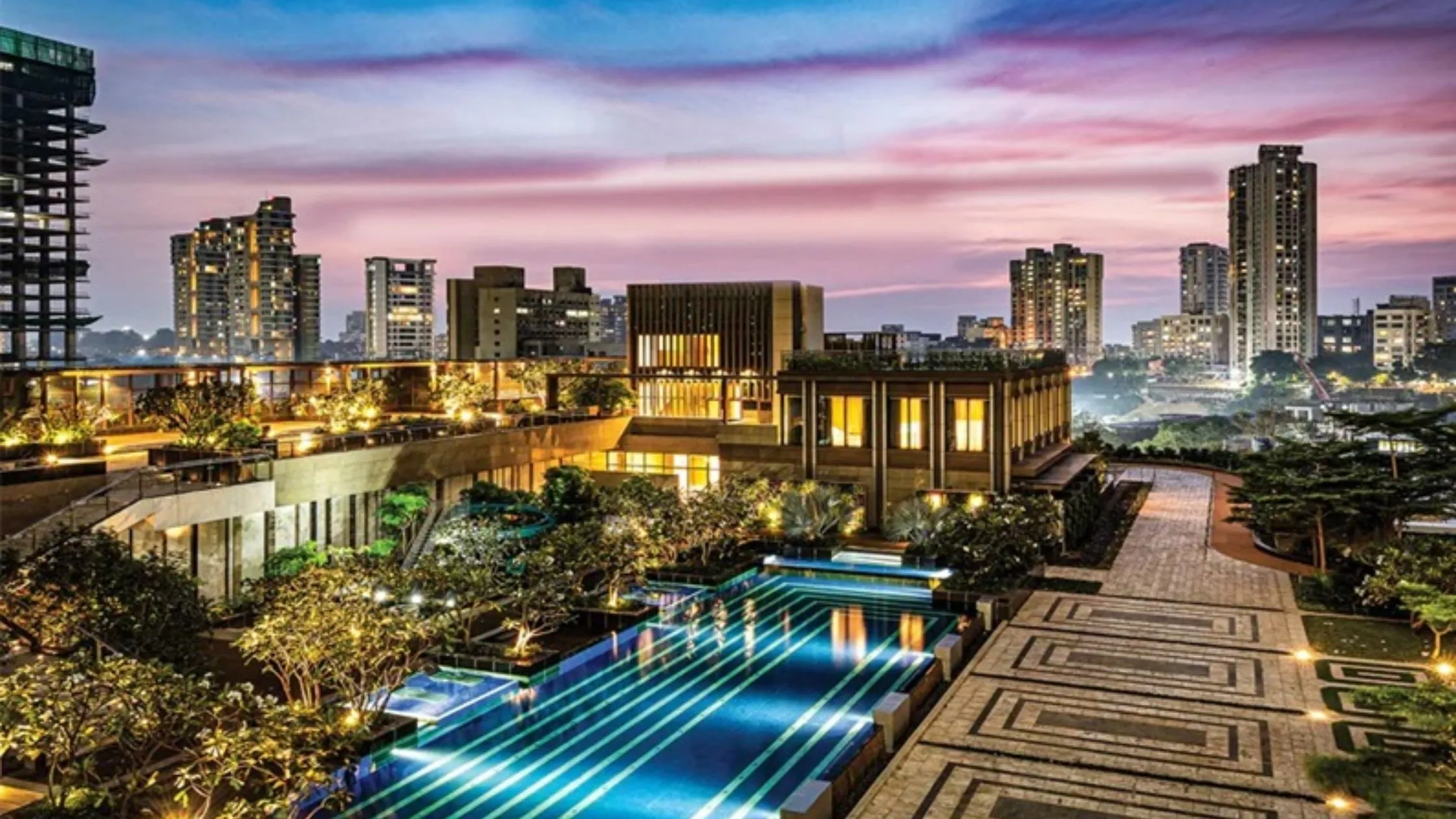
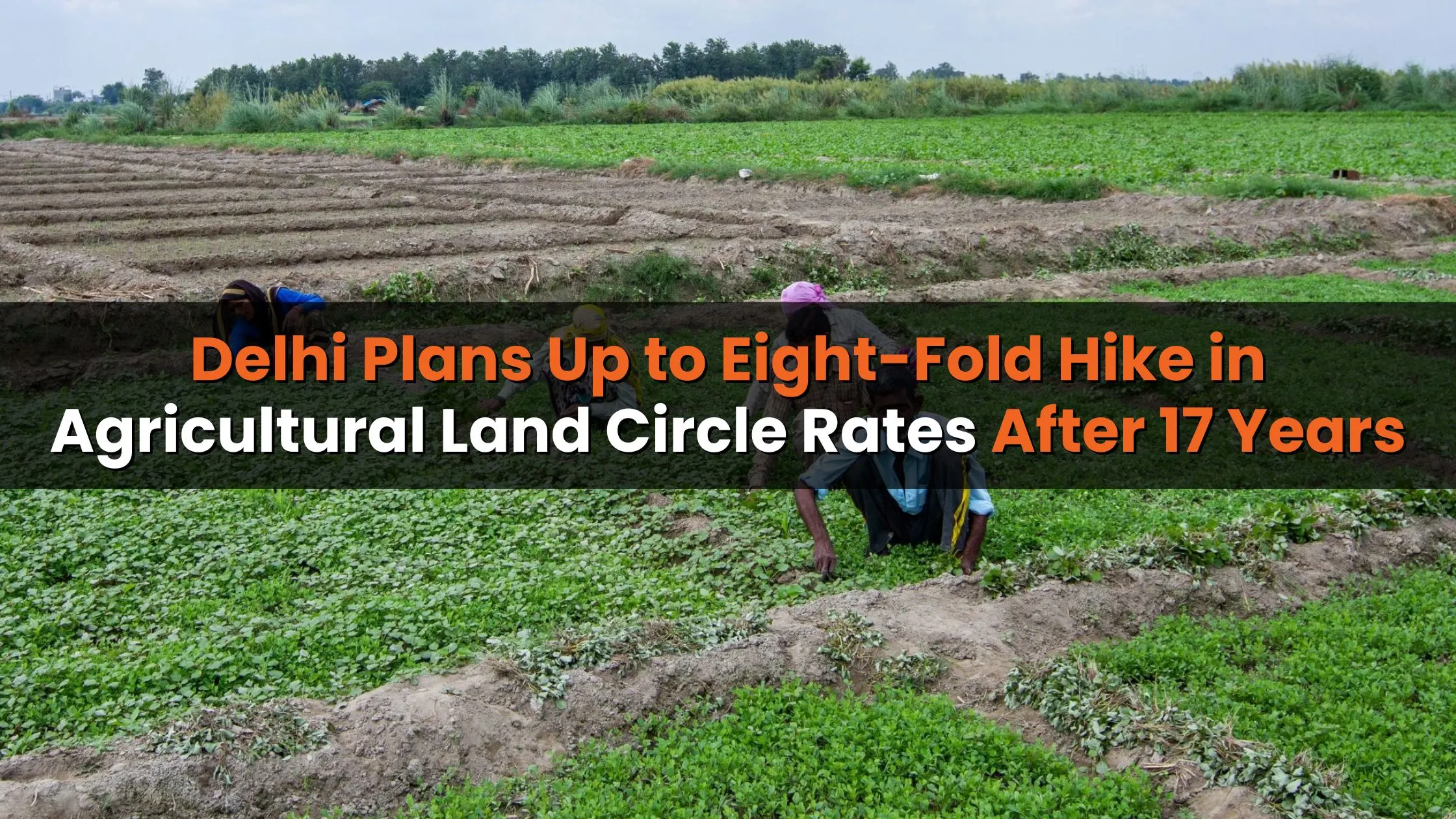
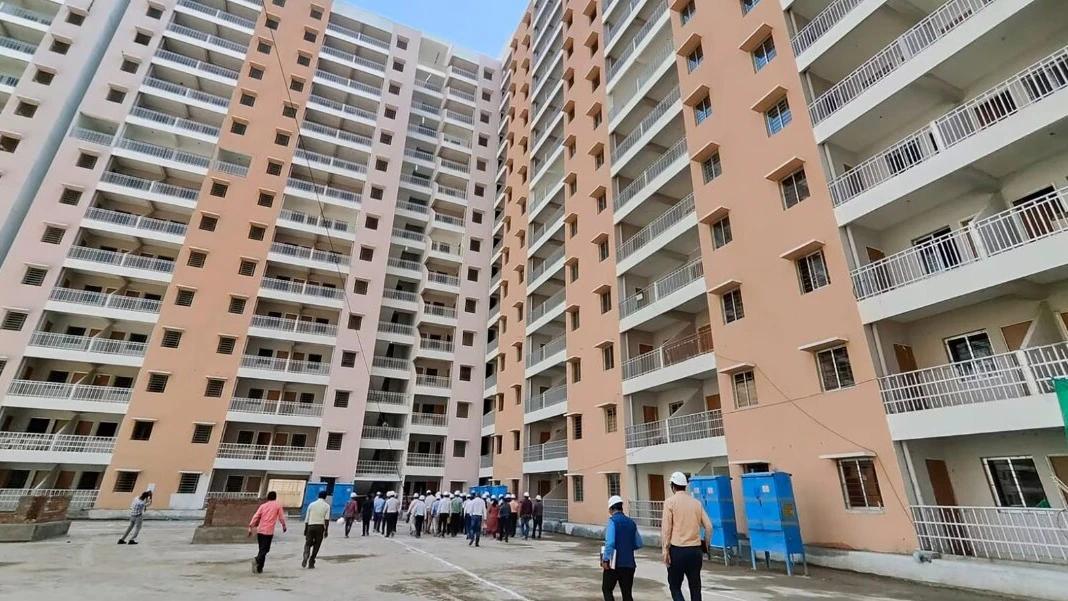

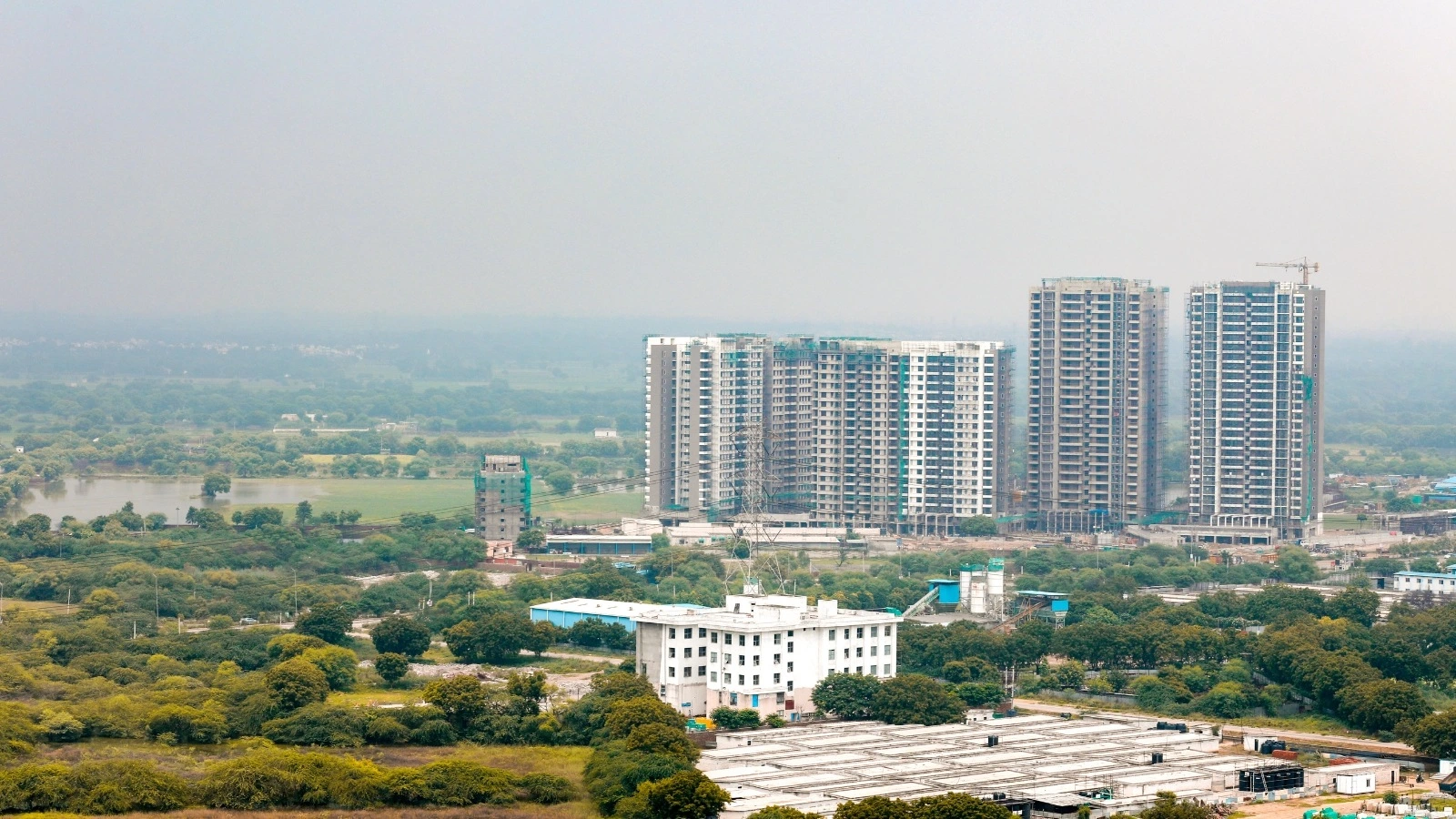

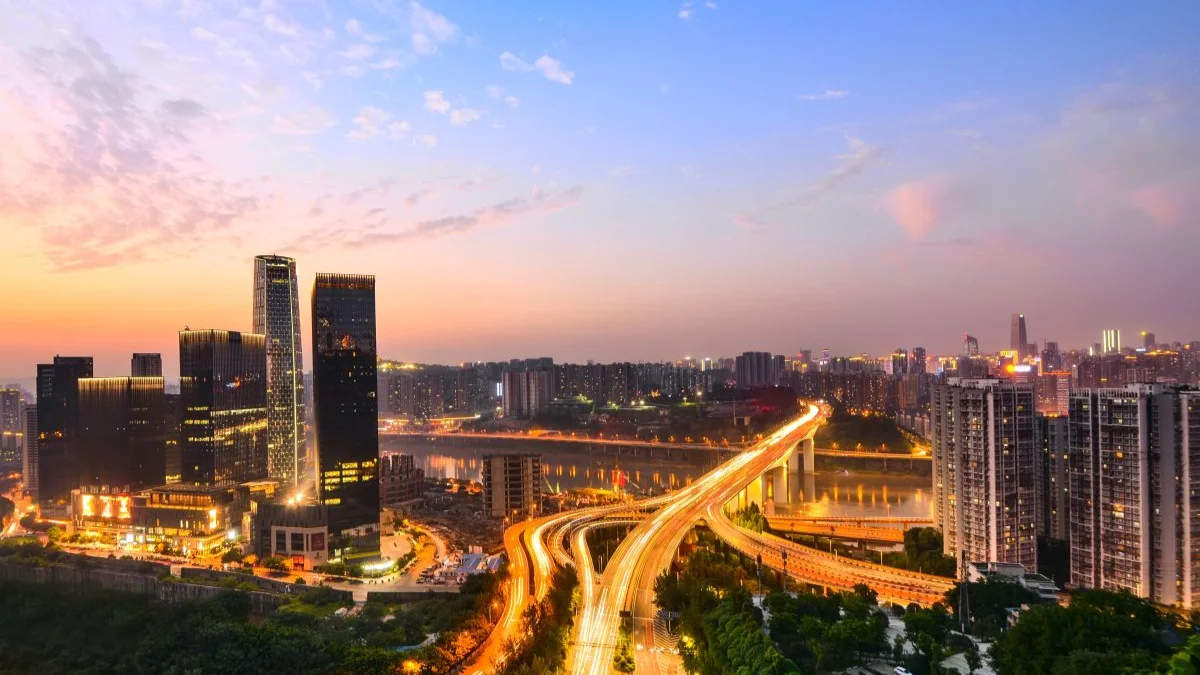
_1766133697.webp)
Ans 1. Luxury home prices in India’s top seven cities have risen by nearly 40% since 2022, with Delhi NCR leading at a 72% increase.
Ans 2. Affordable housing has seen a more moderate rise of about 26% across the top seven cities, with Delhi NCR showing the highest growth at 48%.
Ans 3. Delhi NCR saw the highest surge (72%), followed by Mumbai Metropolitan Region (43%) and Bengaluru (42%).
Ans 4. Factors include a growing population of high-net-worth individuals, preference for larger and branded residences, developer focus on premium projects, and rising disposable incomes.
Ans 5. Luxury homes rose from approximately ₹14,530 per sq ft in 2022 to ₹20,300 per sq ft in 2025. Affordable homes grew from ₹4,220 per sq ft in 2022 to ₹5,299 per sq ft in 2025.
Ans 6. Yes. Nearly 30% of units sold in the top seven cities in the first nine months of 2025 were in the luxury segment, indicating strong resilience in demand.
Ans 7. Key drivers include rising HNI and ultra-HNI population, preference for larger and branded homes, developers focusing on premium projects, and economic stability with higher disposable incomes.
Ans 8. Developers are increasingly prioritizing luxury and mid-segment projects to match evolving buyer preferences and maximize returns, while affordable housing growth remains moderate.
Ans 9. The faster appreciation in luxury homes reflects a shift towards premium residences, signaling that branded and high-quality homes will continue to shape urban real estate growth in India.